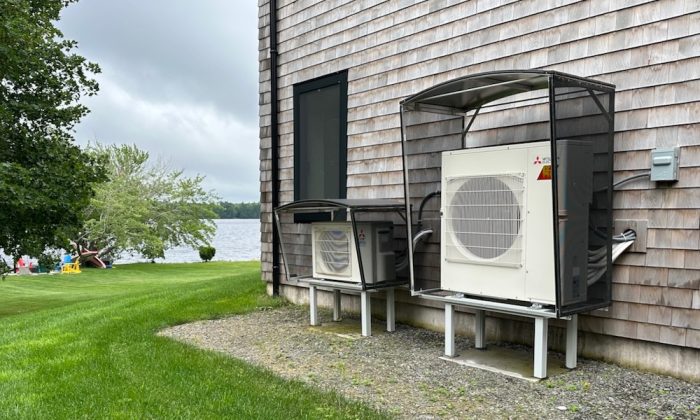
Everyone’s talking about heat pumps—these machines for heating buildings that can exchange heat with the outdoors in multiple ways. Ground-coupled heat pumps pull heat out of the ground or water and send it to heat the building. But most heat pumps are of the air-coupled variety. In winter, they pull heat from the outdoor air and send it inside. And this is where a great many people ask, how the heck do heat pumps get heat out of cold air?
That last link goes to my first article on this topic, which I wrote in 2010. It’s still valid, but today I want to approach this question a bit differently. I’m not going to talk about the refrigeration cycle or the second law of thermodynamics. Instead, let me start with what the real question usually is.
The question behind the question
When someone asks how a heat pump can pull heat out of cold air, there’s often another question behind it that’s really what they want to know. Drew Tozer mentioned this in a LinkedIn post recently. He said he usually doesn’t answer the above question because: “What they’re usually trying to say is, ‘Someone told me that heat pumps don’t work when it’s cold. Is that true? Am I going to regret buying one?'”
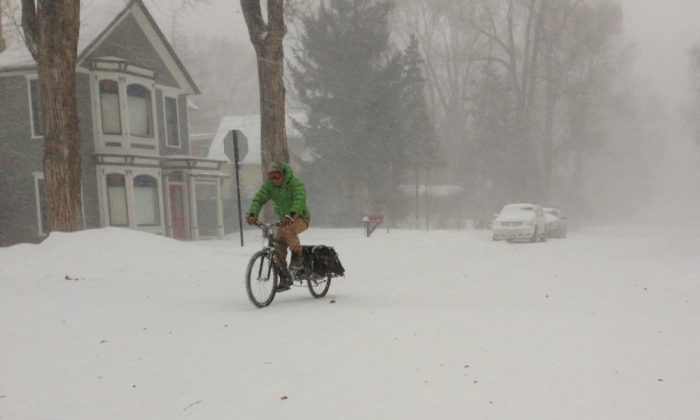
Drew lives in Ontario, and this is becoming a big deal there because Canada is going nuts with heat pumps, just as we are here in the U.S. When I drove through Nova Scotia this past summer, I saw heat pumps all over the place. Yes, even out in the rural areas. The photo above is one of those homes.
So, let’s begin there.
The answer is in your kitchen
You have a device in your kitchen that’s already providing the answer to the question. A refrigerator works on the same principle and technology as an air-coupled heat pump. Unlike a heat pump for space heating, though, a refrigerator works in only one direction. It always removes heat from the fridge whereas a heat pump can move heat from outdoors to indoors in winter and then reverse the flow to move heat from indoors to outdoors in summer.
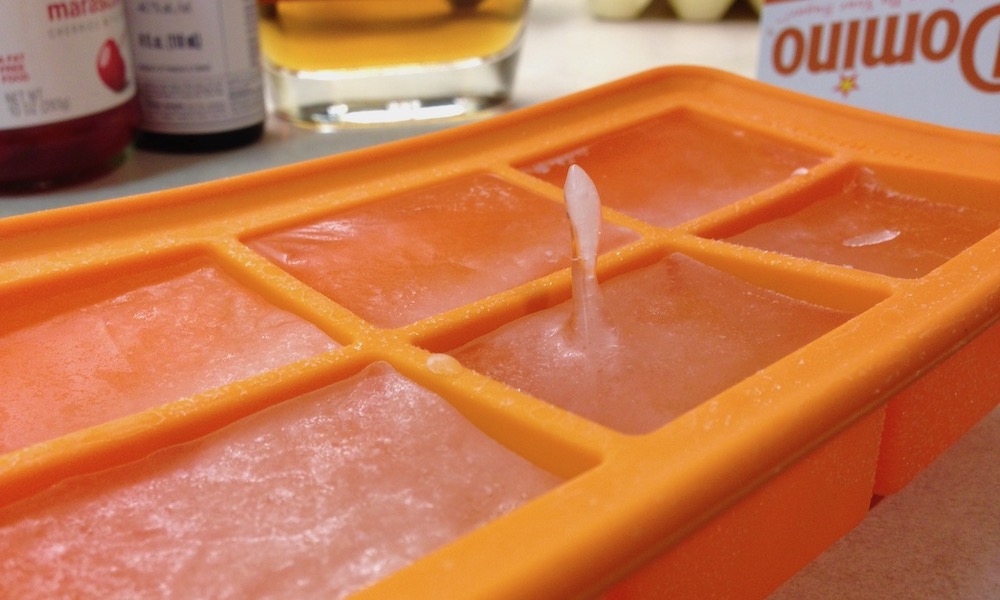
How does this show that a heat pump can pull heat out of cold air? Because your fridge is constantly pulling heat out of both the refrigerator and freezer portions of your fridge. In fact, it pulls enough heat out of the freezer to keep the temperature there at about 0 °F (-18 °C). That’s more than enough heat removal to freeze water into ice. (Wondering about that photo? I wrote about the reason the ice spike forms a while back.)
Believe it now?
Arbitrary temperature scales
OK, maybe you remain skeptical. Let me give you another reason not to worry about the capability of heat pumps to remove heat from cold air. When we talk about temperature in our daily lives, we use either the Fahrenheit or Celsius temperature scales. They’re great for giving us numbers we can assign to different levels of thermal activity. But they’re arbitrary.
Daniel Fahrenheit chose the zero on his scale following the lead of Ole Roemer. Roemer chose his zero because he didn’t want to record any negative temperatures, and the temperature that now equates to 0 °F was about as cold as it ever got in Denmark in his day. (Excellent article on that here.)
Anders Celsius chose the zero of his scale to be the freezing point of water. That’s useful, but still arbitrary.
The absolute answer
In contrast, Lord Kelvin developed the absolute temperature scale with zero being the lowest possible temperature, also called absolute zero. And that, dear reader, is how we can clear up this confusion once and for all. How, you ask? Because the thermal energy in air is proportional to the absolute temperature.
Knowing that, we can do a bit of math here to show how much less heat is in really cold air versus room temperature air. Let’s say those temperatures are 0 °F (-18 °C) and 70 °F (21 °C). The Kelvin equivalents are 255 K and 294 K. The difference in temperature here is 39 K. And that means there’s only a 13 percent drop in thermal energy as the air goes from 70 °F down to 0 °F.
In other words, when it’s really cold outdoors, the outdoor air still has 85 to 90 percent as much heat available as the nice cozy indoor air.
The crux
I know not everyone finds these details as interesting as I do. But on the issue of the physics and the engineering behind heat pumps and their ability to heat your home in winter, the short answer is that you don’t need to worry. They not only can do it, but they ARE doing it. I showed that in my article about Gary Nelson’s house in Minnesota. And I showed the data for my own house in Atlanta when we had really cold weather a year ago.
So, yes, heat pumps can and do work in cold weather. Do some heat pumps struggle? Yes, and the reasons vary. It could be poor design, faulty equipment, bad distribution, or any number of other problems. But it’s not because heat pumps don’t work when it’s cold. Because they certainly do!
____________________________________________________________________
Allison A. Bailes III, PhD is a speaker, writer, building science consultant, and the founder of Energy Vanguard in Decatur, Georgia. He has a doctorate in physics and is the author of a bestselling book on building science. He also writes the Energy Vanguard Blog. For more updates, you can subscribe to Energy Vanguard’s weekly newsletter and follow him on LinkedIn. Images courtesy of author.
Weekly Newsletter
Get building science and energy efficiency advice, plus special offers, in your inbox.





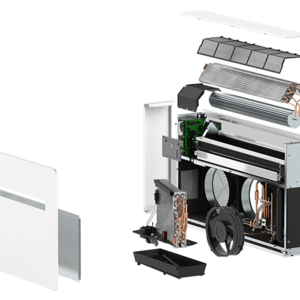

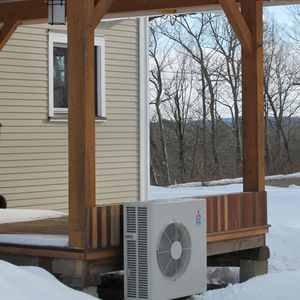







10 Comments
Another common question is how much more money is a heat-pump going cost over more "accepted" methods such as Natural Gas or Propane. That gets into pricing models where heating with NG is still cheaper than heating with electricity when the COP is below 3.0.
So when doing a Manual-S for a heat-pump system, which temperature range do you use for looking at the COP data?
I don't like negative numbers, either. It is 0°C this morning in Toronto (on April 25!), but it feels much warmer if I describe it as a balmy 273K.
I think it is also helpful to reframe to ask, "Can we get a liquid colder than the outside temperature?" I people can understand that the outdoor unit makes a liquid colder than the outside temp, then I think people will understand that heat will move into it.
So it's becomes not so much "Is there any heat outside?" but "Can we make something colder than the outside temp?" And I think the Kelvin scale idea really helps with that (because it shows that there is a long way to go). And that's the point of the freezer analogy ... if we can make something cold enough to freeze things, then we can make something cold enough to find energy outside even when it's really cold.
Come to think of it, I probably learned how to think about this from you :)
Oooooohhh, that makes so much sense. Thank you!
I think the kelvin example is a bit misleading, as we are not dropping the outdoor coil to absolute zero. I think "jameshowison" is alluding to the fact that we need to set our reference point to how cold the outdoor unit coil is to see how much usable heat is available, because 255 K and 294 K does not have a 13 percent decrease in usable energy if the coil is 200k ( I have no idea what they actually get to).
but maybe I'm missing the point?
The point is that many people seem to think that 0°F or -20°F air doesn't have enough heat energy for a heat pump to work, but by simply changing the measurement scale, it's more intuitive that there is heat energy available. The only temperature at which there is no heat energy available is 0°K.
Right, but if your outdoor coil only get to -20F then you dont have enough... and so it makes more sense to think of it in terms of what temperatures your unit can produce, not kelvin. Unless we just want to know theoretically what could possibly be achieved at some time in the future..
My point is just that the kelvin example goes in the opposite direction in making it intuitive that there is actually much more energy available than there actually is. But I'm just nit picking.
As to getting a refrigerant colder than outside air temperature, so that heat will flow from air into refrigerant, that's just a matter of selecting the appropriate refrigerant and operating pressures. Every liquid has a vapor pressure curve (absolute pressure vs temperature). The pressure downstream of the expansion valve defines the temperature there. In general, one does not want the low pressure side to be subatmospheric, to avoid any possibility of sucking air into the fluid. Other than that, the refrigerant chosen for the service must simply evaporate at some temperature below that of whatever is providing the heat and condense at some higher pressure such that the corresponding temperature there is greater than that of whatever is absorbing the heat thus released.
I live in a pretty mild climate -- heating design temperature is 21F. Yet I hear all the time people sayig that heat pumps don't work when it's "really cold" or "below freezing."
They're afraid of two things. The first is experiencing another polar vortex where it might get down to 10F or so, and finding that the heat pump can't maintain temperature. The second is finding that the HVAC holds temperature but the electric bill is sky-high.
For the most part those concerns are unwarranted -- there's a lot of anti-heat-pump fear-mongering -- but there is a grain of truth behind them.
A properly sized and installed heat pump should have no problem in this climate. The problem is really with retrofits. If you have existing ductwork that was sized for a gas furnace, it's probably going to be too small for a heat pump, because the heat pump doesn't heat the air as hot. And even if you install an oversized heat pump it's not going to be able to deliver the heat because the ducts can't deliver the air. If you try to compensate by installing heater strips to make the air hotter when the heat pump can't maintain temperature, you're going to see high electricity bills.
It's really not a question of heat pump capacity at all. If you look at the neep.org website, they have the stats on over 100,000 models of heat pumps. They don't lie. You can find one that will work in your climate almost certainly.
That's a nice looking shroud for the Mitsu heat pump--who's the manfacturer?
Log in or create an account to post a comment.
Sign up Log in